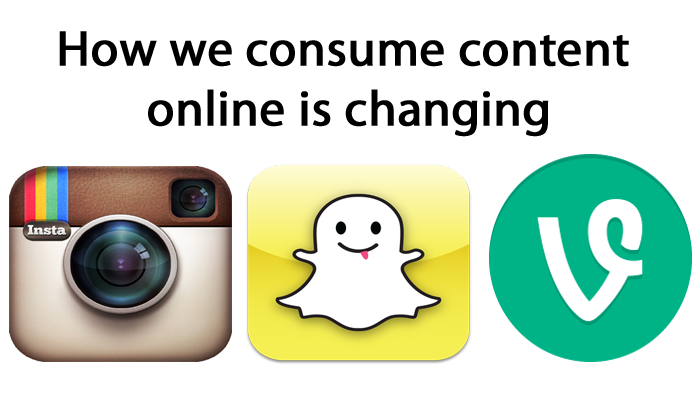

Recently, the FTC released guidance on deception and native advertising. As the internet becomes more regulated, what does this mean for the marketing and advertising industry overall?
Well, most directly, this means that all the hullabaloo over “content” now has to have real meaning. No longer can a brand newsroom or agency produce a story without properly attributing its source and if it is advertising or not.
Transparency is paramount to content marketing now. We’ve all talked about it, but it just got real. Our industry isn’t in the practice of deception, so this new policy will drive agencies to make content and information that matters to humans, not just data driven targets. It’s now going to be cultural relevancy content that makes a difference to someone.
My agency team creates content that hopefully people WANT to engage with, so there really isn’t a reason to cloak it as something it isn’t.

The bottom line is really that the digital space where native advertising lives shouldn’t be a replacement for advertising, but instead a strategic use of a brands sector dominance and coverage of their “beat”. No one wants to be marketed to, they really just want quality content that provides some sort of value. Internet and mobile users are doing what we all talked about when I was at Wired magazine in the 90’s; Programming their agents and filters, to ensure they were getting the content that was meaningful for them, while bypassing the junk.
The overall effect this regulation will change is how agencies produce the content, how brands budget for content and how consumers find the content. It really will drive a value based vision for content marketing that has been missing in the social media realm. It will also bolster creativity. The content needs to have value and meaning and entertain or educate. When the VNR of the past became a pressure point with FCC guard rails it died. There isn’t a market today for a video news release because sponsored tv content masquerading as a news package was ultimately deemed as a deceptive practice. So goes the social/visual web. We are going to have to do what we keep promising to do…. Tell relevant, valuable stories to interested audiences to garner positive support for a brand or an initiative. Public relations just became the driver in the marketing world.
News outlets, like CNN for example, provide “content you may also be interested in” and will need to ensure audiences understand where the content is coming from and who produced it. I also think that all social channels will be affected, from Pinterest to Youtube and beyond. I also think paid media agencies will now be in an interesting position as they buy real estate, they will have to be much more reliant on the content that populates those spaces. For us, we will need to become guardians of the brand story, and feed the paid media engine with the right stuff at the right time.
All of that said, I don’t think any policy will be a clear solution. I think it is a step toward defining the internet, which, if we think about it, has only been around for consumers for about 20 years. Social media only about 10 years. So, in my opinion, the paint is still drying, but the house is still being built. New platforms, mobile innovation, VR and AR will demand more governance to ensure consumers are protected. I’m not sure how I feel about that, truthfully.
So what about the money? Branded content and unbranded content need to be funded, and with the trend for “paid social” now in full swing, the money for the eyeballs has to be met with the money for the content. To compete, a brand will have to be in the game, at meaningful levels in appropriate and competitive sectors and channels.
The marketing industry needs to understand that the value based, me too economy we live in now puts the consumer in charge. A brand will need to be truly editorial with content marketing, not just peddling products, but showcasing the reason to believe and to take into account the value of the consumer and their time. They aren’t a target, they are a person. A very important person.
The other takeaway is that a guideline is only as relevant as the enforcement. Putting the Genie back in the bottle is going to be a wack-a-mole moment, worthy of posting on Instagram. ;-)
Tracy Shea is the Chief Digital Officer at Lippe Taylor. You can follow him @BroadBandito on most social networks.


